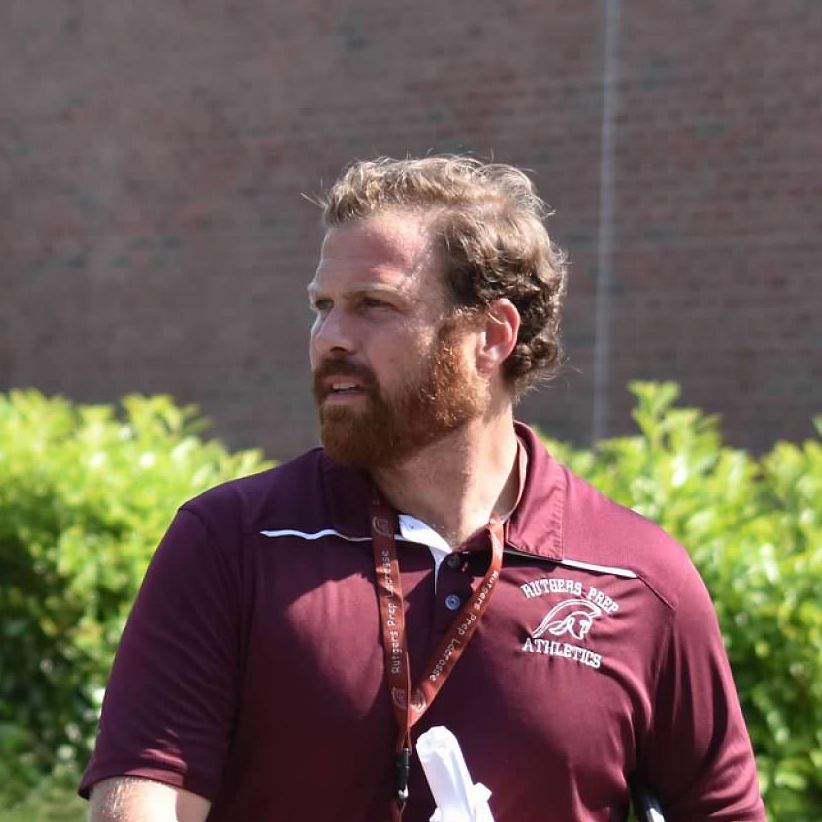Place Pressure, Practice Presence
Feb 16, 2024
In my 4 years as a college lacrosse player, 5 years as a college lacrosse coach, and 6 years as head coach of a high school lacrosse team I have won multiple championships and developed hundreds of players, but few coaches could claim the number of epic comeback losses that I have been a part of. My college career ended with a collapse of a 3 goal lead with 3 minutes left in an NCAA playoff game to the eventual national champions. 6 years later, and after a number of other late comeback losses, this was bested by a defeat in the New Jersey State Finals where my team gave up 6 goals in the last 5 minutes to lose by 1.
It was at that point in 2016 that I sought the advice of Dr. Nate Zinsser, a prominent sports psychologist at West Point University. My question: “How do I help my team fight that feeling of impending disaster when the tidal wave of our opponent's momentum is swallowing us up.” He answered my question with another question, “Well, do you ever practice it?”
That simple question set me on a deep dive for the next 3 years to find out what it meant to practice handling pressure. What I found was that experts in professions around the world abided by the same three step process. 1. Learn what pressure feels and looks like 2. Create tools which increase presence 3. Apply it in practice constantly.
- Recognizing pressure
While pressure response is often unique to the individual, James Kerr in his book Legacy does a pretty great job of describing the pressure feeling in broad terms. He classifies this state as “red headed”...Tight, inhibited, results-oriented, anxious, aggressive, overcompensating, desperate. It is upon the coach to know his or her athletes act when they reach this “red-headed” state.
- Tools to increase presence
Increasing presence is the remedy to fight the “red headed” state. My close friend has a wonderful saying - “fear does not exist in the present”. No matter how extreme the effects of pressure, fear is always embedded in what will happen in the future; even the very near future. One of the most powerful lessons that a coach can teach an athlete is how they find sanctuary from fear by shifting their mind into the present. Here are a couple of powerful examples I have found:
A. Breathing
Steve Magness, author of Do Hard Things: Why We Get Resilience Wrong and the Surprising Science of Real Toughness, once told me how distance runners find presence and control in the rhythmic pattern of their breath. Breath is the thing we do subconsciously every moment and our shift to make this conscious has profound effects on fighting the negative repercussions of the red headed state.
B. Mantras
Archery professional, Joel Turner, trained his son Bodie to hit 60 bullseyes in a row in two different major national archery events at the age of 14; a perfect score of 660. He bottled his training into a program called “Shot IQ” which focuses on “increasing presence” at the pressure-packed moment just before releasing an arrow at an animal or target. One powerful tool he uses is a mantra spoken quietly aloud, thus forcing the brain to key in on the task at hand and expel the waterfall of “what if” thoughts that stream through the consciousness. In the US Military, training tactics have long involved mantras, positive self-talk, and self instruction to achieve the same effect.
C. Symbols and Rituals
When discussing New Zealand international sports teams, the vision of the Haka often arises in the mind. This visceral dance performed before taking the playing surface serves as a powerful ritual that connects the New Zealand players to a proud cultural past. Equally as powerful is the silver fern worn on the players’ uniforms. This national symbol stands as a constant reminder of the strength, stubborn resistance, and enduring power the country and these athletes seek to embody. Rituals and symbols, when linked to team identity, help athletes to reconnect to a purpose that supersedes the fear of loss and consequences that come with it.
3. Continuous Practice
While 4th quarters can provide a more extreme environment for fear, we must recognize that pressure exists all around our athletes all the time. Off the field, athletes often receive pressure inflicted by parents, pressures to perform in the classroom, and social pressure in the moments in between. On the field, athletes feel pressure to win competitive drills, to earn playing time, and to please their coaches. These lower stakes environments provide wonderful opportunities to apply and reapply these tools for increased presence.
Since 2016, I have shifted my focus in practice to execute the “P”s; Place Pressure, Practice Presence. The results have not culminated in white light moments and transcendence for my athletes, but rather, simple situations executed simply when circumstances are anything but simple.
The next time you recognize these moments, heed the advice Dr. Zinsser once gave me: “Practice it”.

